How to combine breath and movement in your yoga practice
1Time and time again I see new yoga students being confused about whether to do a certain movement on the inhale or the exhale. “How does it go?” – they ask me – “Should I inhale or exhale when I bend down?” There is no need to remember how to breathe with every specific movement, as long as we understand the main principles that guide those choices. Let’s explore those principles today.
The main principle we use when deciding on how to breathe in a particular posture is succinctly defined by Gary Kraftsow in his book Yoga for Wellness. He writes: “The particular techniques of breathing used in asana practice are designed to maximize certain structural effects of the inhale and exhale; and the postures themselves can be considered as a way to deepen or extend these structural effects of the breath.” Remember, breath always comes first. Both inhalation and exhalation move the physical structures of the body in a certain subtle way, and in our yoga practice we choose to coordinate the action of asana with this subtle movement. Here is a quick reminder of the subtle movements that happen with inhalation and exhalation.
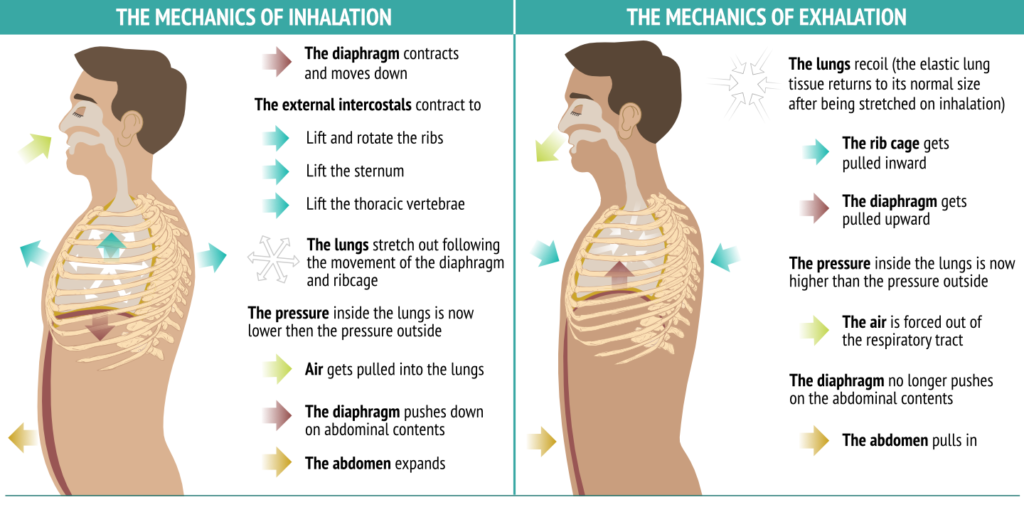
The shape of your skeleton plays an important role in the subtle movements of your breathing, specifically the shape of your rib cage and your spine. “The ribs are semi-rigid and serve to relay the pulling forces of the inspiratory and expiratory muscles and point them in specific directions. The semi-rigidity of the spinal column affects the movements of the trunk and of the rib cage, and consequently of breathing actions.” (2) The movement of the ribs and the movement of the spinal vertebrae are closely linked. Because of the spinal and rib cage shapes, as well as the pulling force applied by muscles, different spinal movements move the body either in expiratory (supporting the exhalation) or inspiratory (supporting the inhalation) directions.
Bending the spine forward moves the body in an expiratory direction, which is emphasized by the ribs in the front moving closer together and the volume of the thoracic cavity decreasing. This movement could be augmented by intentional compression of the abdomen. That’s is why we bend forward with exhalation.

Bending the spine backward moves the body in an inspiratory direction, which is emphasized by the ribs in the front moving farther apart and the volume of thoracic cavity increasing. This movement could be augmented by intentional lifting of the chest away from the navel. That is why we bend backward on inhalation.
 Bending the spine sideways moves the body in expiratory direction, which is emphasized by the ribs on one side moving closer together. But creating a lateral stretch on the opposite side can only happen if we lift the rib cage away from the pelvis, move the ribs farther apart and increase thoracic volume on one side, which happens on inhalation. That is why we move into a side bend on exhalation, and then “work the pose” by emphasizing inhalation on the opposite side of the body.
Bending the spine sideways moves the body in expiratory direction, which is emphasized by the ribs on one side moving closer together. But creating a lateral stretch on the opposite side can only happen if we lift the rib cage away from the pelvis, move the ribs farther apart and increase thoracic volume on one side, which happens on inhalation. That is why we move into a side bend on exhalation, and then “work the pose” by emphasizing inhalation on the opposite side of the body.
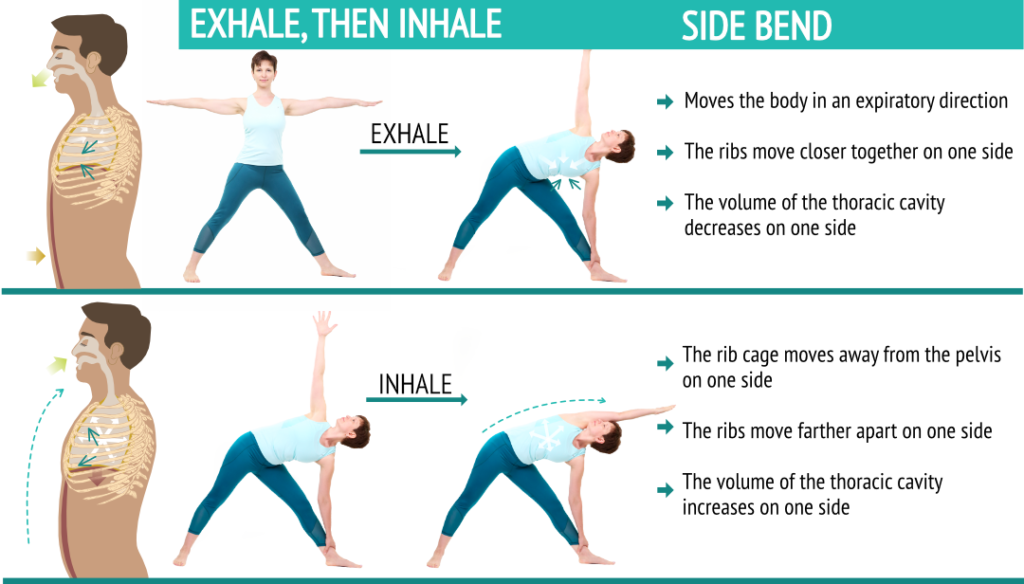
Most of the spinal rotation happens at the level of thoracic and cervical vertebrae. Rotating the spine produces reduction in the overall height of the disks between the vertebrae and slight compression of the nucleus because of the torsion effect on the fibers, which moves the body in an expiratory direction. This is emphasized by abdominal compression that happens with twisting, which pushes the diaphragm up, and decreased thoracic volume. This is why we twist on exhalation.

Lengthening the spine upwards (axial extension) lifts the ribs upward and slightly away from each other, which moves the body in an inspiratory direction. This is emphasized by intentional expansion of the ribcage.

We can choose to augment any of those movements to create a deeper stretch in the body. For example, raising the arms up and widening the chest will support the skeletal actions of back bending, side bending and axial extension, while facilitating inhalation. Lowering the arms down and compressing the abdomen will support the skeletal actions of forward bending and twisting, while facilitating exhalation. It doesn’t mean that we can never lower the arms down on inhalation. All it means is that we consciously choose to enhance the natural process of inhalation and exhalation, to “ride the wave of the breath”, so to speak, in our asana practice. This makes the practice more organic and allows us to link the physical and physiological dimensions.
[jetpack_subscription_form]
References
1. Yoga for Wellness: Healing with the Timeless Teachings of Viniyoga by Gary Kraftsow
2. Anatomy of Breathing by Blandine Calais-Germain
3. Anatomy of Movement by Blandine Calais-Germain


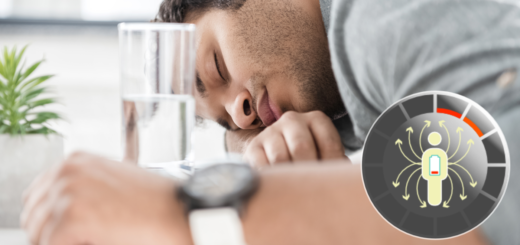


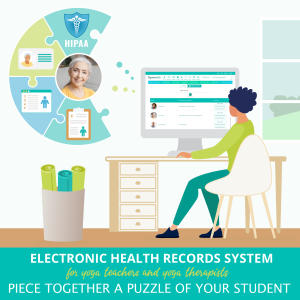

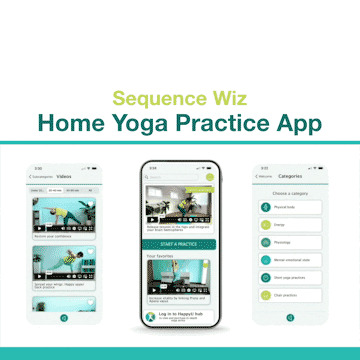

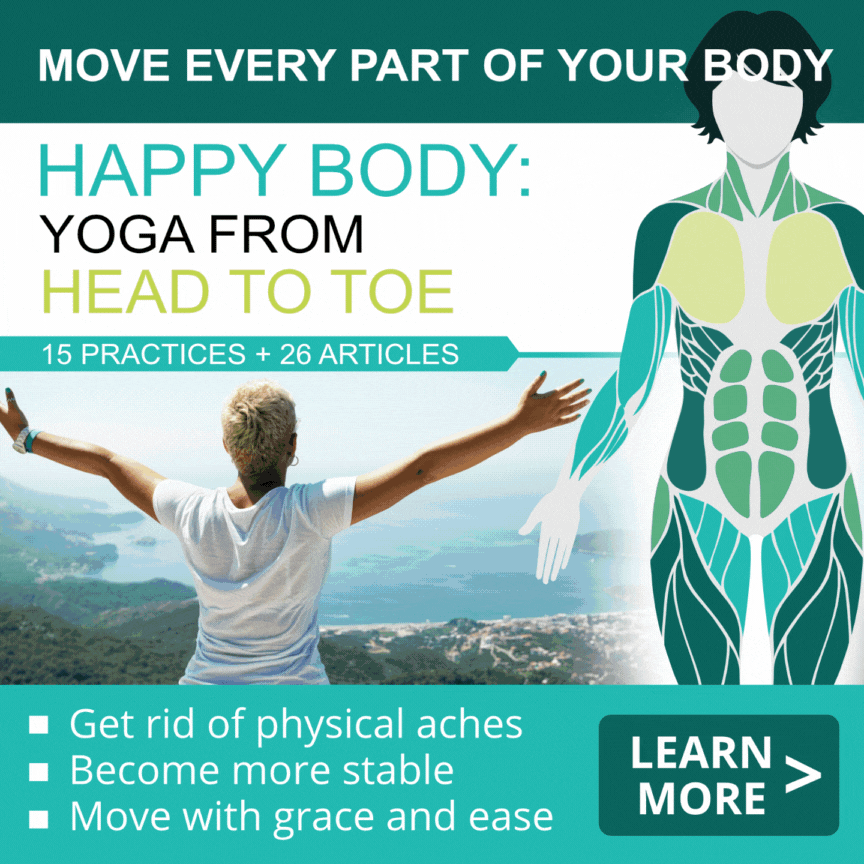

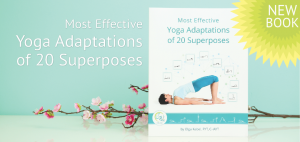

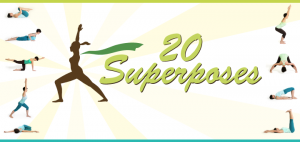
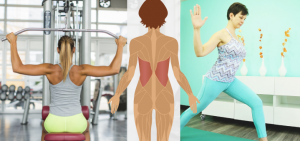
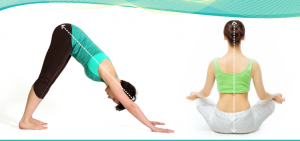
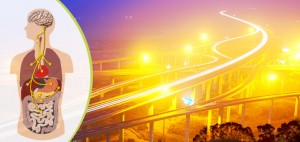
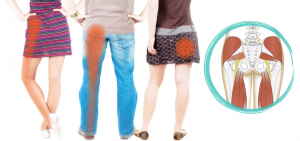

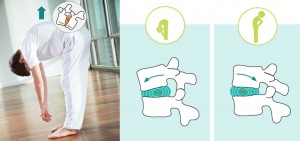
Olga, Amazing explanation and very nice diagram. Perfect. It will be nice if you could explain the breathing methods in Surya namaskar. Because 90 % of the breathing is wrong in the websites and images. And this is the same breathing I also follow in my teaching. Thanks Olga…